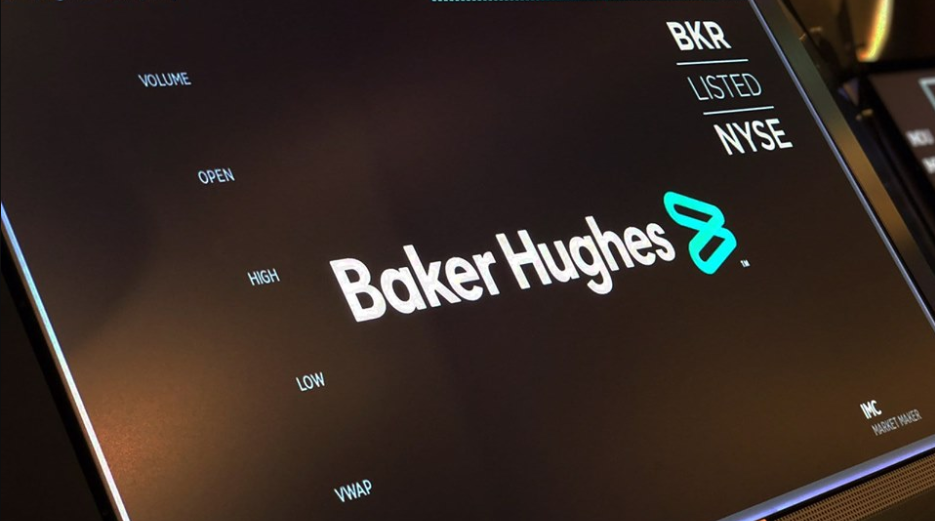
Baker Hughes has the “most ambitious” emissions reduction targets of the major oil and gas services firms, a new report has found.
While the actions of exploration and production (E&P) companies usually grab the headlines, analysis by Westwood Global has found that oil field services (OFS) firms are also responding by setting their own climate-reduction targets.
However, a “lack of common reporting standards” is hampering the oil and gas consultancy’s ability to track progress.
It found that Baker Hughes and Schlumberger are the only tier-1 OFS firms, a group which also includes Halliburton and Weatherford, to have published carbon reduction targets.
They relate to Scope 1, direct emissions from operations, and Scope 2, indirect emissions from purchased energy.
Houston-headquartered Baker Hughes tops the list with plans to become a net zero company by 2050.
Schlumberger is next with a target to reduce emissions by 30% by 2035.
It is also the only tier-1 OFS to support the Task Force On Climate-Related Financial Disclosures, suggesting that emissions reductions are a priority.
Halliburton and Weatherford are yet to publish specific Scope 1 and Scope 2 emissions targets.
Westwood says as OFS firms are contracted to complete discrete work scopes it may be more difficult for them to make absolute emission reductions, potentially explaining why the pair declined to publish targets.
The firm also claimed that tier-1 OFS companies have so far “shied away” from Scope 3, supply chain & customer emissions, commitments as these are typically more difficult to influence and measure.
Peter Heath, consulting manager at Westwood, said: “Baker Hughes reported a c.55% reduction in Scope 1 and Scope 2 emissions per $m of revenue over the period 2016 to 2019. Revenue grew by 82% over this period whilst absolute emissions fell by c.15%. This shows a clear trend of lower emissions intensity in operations, which has been driven by an expansion of low-carbon technology solutions (including gas turbines and flare monitoring technologies) that aim to use less materials and can be deployed faster than conventional technologies.
“Weatherford reported a 20% reduction in Scope 1 and Scope 2 emissions for both absolute values and those normalised for revenue. Data only covers 2016 to 2017, making it difficult to identify long-term trends. Emissions reductions may be less of a focus for Weatherford, as it had the lowest absolute emissions of the Tier-1 OFS group in 2016 & 2017.
“Conversely, Schlumberger reported growth in Scope 1 and Scope 2 emissions (25% absolute, 6% normalised for revenue) over the 2016 to 2018 period. It has subsequently reported that 2019 emissions fell by c.22%. The drivers of this improvement in 2019 are unclear.
“Halliburton is an outlier showing a c.140% rise in Scope 1 and Scope 2 emissions between 2017 and 2018. Much of this rise is due to reporting changes, with figures from 2018 onwards covering a greater number of Halliburton’s facilities, and emissions from heavy equipment. This again highlights the challenges associated with emissions benchmarking in the absence of universal emissions reporting standards.”
In conclusion he added: “Big strides have been made in terms of both setting objectives and improving environmental transparency, but there are laggards. Weatherford lags its main Tier-1 OFS peers on both metrics, and many smaller OFS players not reporting any metrics.
“The Tier-1 OFS companies have started to mirror major E&Ps by setting decarbonisation and environmental objectives, with Baker Hughes & Schlumberger setting aggressive emissions targets. Benchmarking performance and tracking progress towards these targets is going to be difficult, however, as common reporting standards do not yet exist.”
